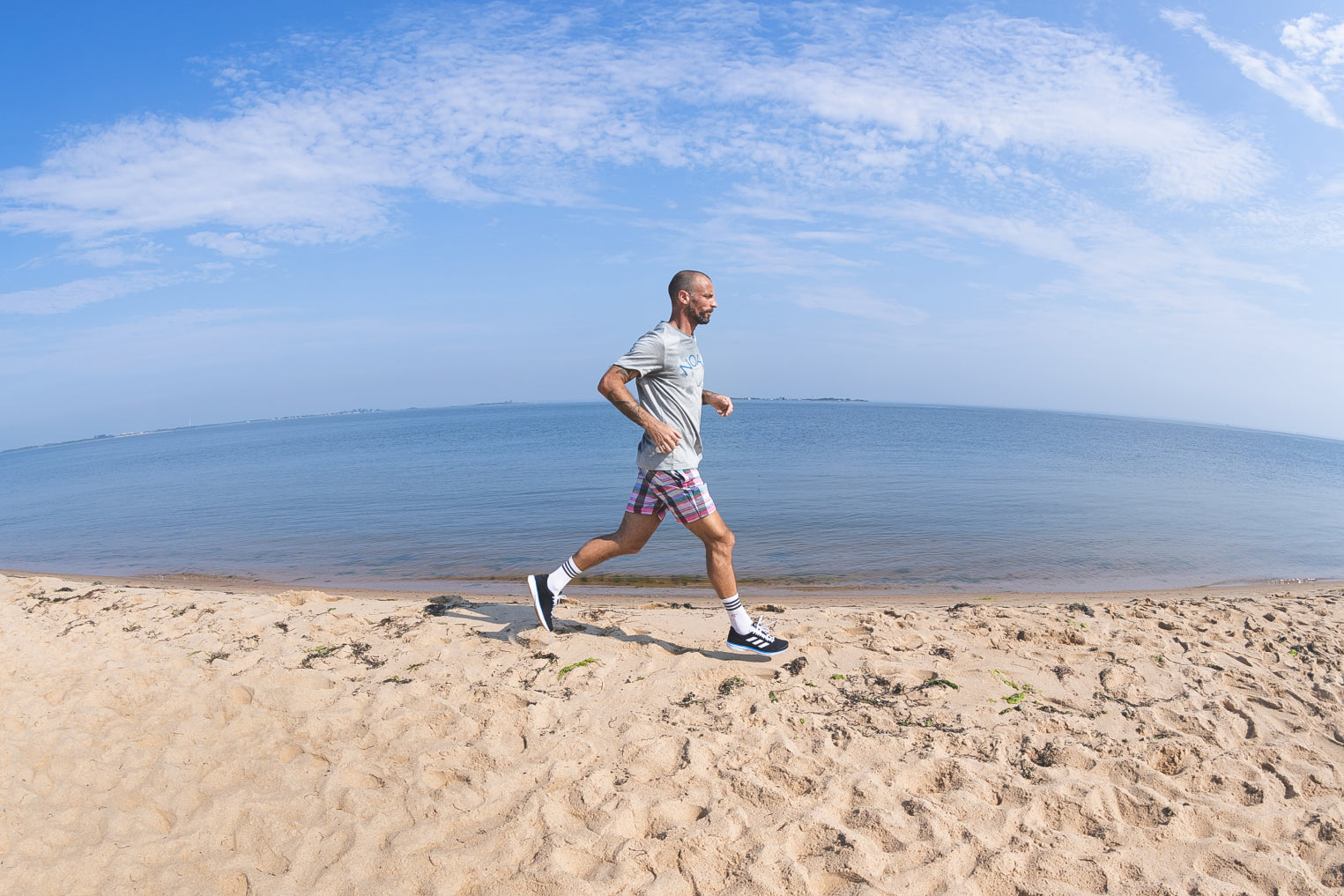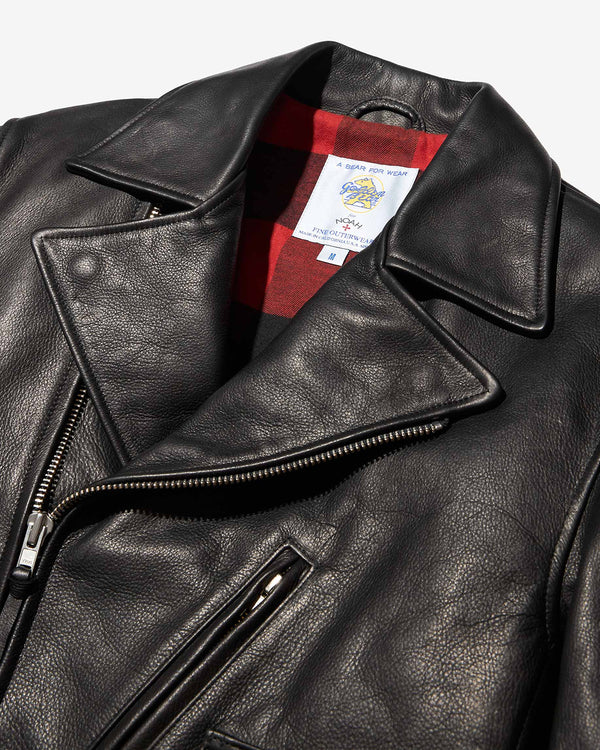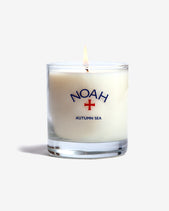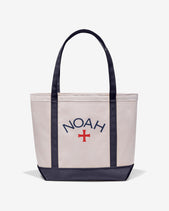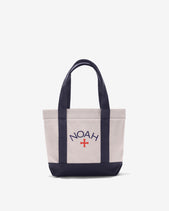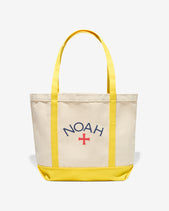
Noah x Adidas
Adidas’ archive was the starting point for this collaboration, but it led to more than just the revival of a classic shoe, the SL 72. Not only has the brand kept pace with high-performance, lightweight running technology in a model like the SL 20, it’s also done the hard work of developing Primeblue, a strong, breathable mesh made with Parley Ocean Plastic™ yarns, and featured in both silhouettes.
The effort to develop a material that removes plastic waste from ocean environments and turns it into something useful is a crucial step in the ongoing conversation of what we all have to do to protect the natural resources that sustain us. Noah is grateful for the opportunity to work with a company that has made this a priority, and that can leverage its heritage and reach to promote the importance of such alternatives to traditional production. Plastics are a problem. Primeblue is doing something about it.


We grew up on Long Island, where the ocean touches almost every aspect of life. Now that we’re older, it’s obvious that such a uniquely beautiful and dynamic coastal environment is in need of protection. The choices we make every day have to be part of the solution to endangered habitats like the ones we grew up benefitting from.



The seashell graphic that appears throughout is not only a symbol of the ocean, but also of the fact that shellfishing of all types has played an important role in the development of Long Island’s economy and culture. Thanks to the area’s abundance of clams, oysters and bay scallops, people on Long Island have sustained themselves from the bounty of the sea for generations.




In the 70’s and 80’s, the shellfishing industry began to fall victim to rising pollution, a disastrous side-effect of Long Island’s staggering, loosely-regulated postwar growth. Improper resource management, combined with the rise in sea temperatures, has nearly dealt a final blow to the shellfishing industry. As recently as October of 2019, the bay scallop population of the East End of long island had completely collapsed. Very simply, the water was too warm, and young scallops, which had thrived in this habitat for years, died en masse.
It is, however, not too late to make changes that can return scallops, along with other shellfish and ocean wildlife, to environments where they were once abundant. The ocean and its bays are incredibly resilient. The scallop shell is a reminder that if respect for our oceans becomes part of our daily lives, we can all play a part in restoring them to their former grandeur.



